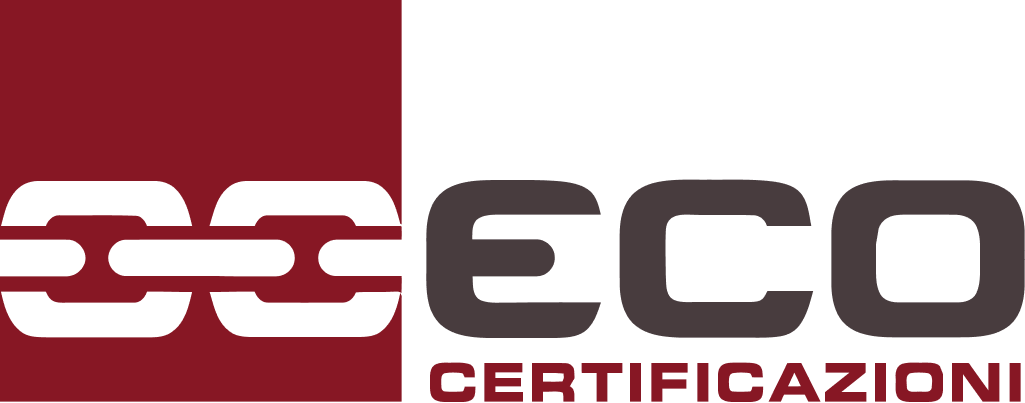Radon Gas
Discovered in 1899, Radon is a radioactive, colourless, tasteless, odourless noble gas generated mainly from the decay of uranium. Radon spreads extremely quickly in the air and through construction materials, cracks, cavity walls, pipes, and conduits it tends to rise even to upper floors: it is classified by the WHO as a Class 1 carcinogen
The main source from which the radon gas derives is the ground, from whence it comes and spreads into the open air in very low concentrations, while when it penetrates building, it concentrates and can reach values of hundreds or, more rarely, thousands of Bq/m3. About half of the radiation that we absorb during our lifetime derives precisely from this gas.
Legislative framework
The Italian Legislative Decree 81/08 Title VIII – PHYSICAL AGENTS, Art. 180 paragraph 3 requires that the protection of workers from ionising radiation be regulated only by the Italian Legislative Decree 230 of 17 March 1995, which requires the measurement of the concentration of Radon gas in all underground workplaces and in workplaces (located on any floor) situated in geographic areas where the risk from Radon is higher.
Effects on health
The damage produced from the exposure to Radon are generally repaired by biological mechanisms. In some cases, the ionising radiation emitted by Radon progeny, which attach themselves to the inhaled particle, kill the cells, but there is a low probability that the cellular damage is degenerative and that the cell maintains its reproduction capacity, becoming a part of a potential tumoral process.
The half-life of alpha radiation is very short, so it is not possible for other organs to be damaged; therefore the only potential concrete risk is the lung tumour. Hence radon is a carcinogen. In Italy it is estimated that between 5% and 20% of lung tumours can be attributed to Radon, while the remaining 80-95% can be attributed to cigarette smoke.
The risk of developing lung tumours increases with the increase in the concentration of Radon Gas, in the exposure time, and above all, in case of an association with cigarette smoke.
Measurement
The concentration of Radon can be evaluated through a comparison with the levels of reference recommended by leading international bodies like theWorld Health Organization – WHO, which recommends a level of reference between 1” and 300 Bq/m3 and the International Commission for a Radiological Protection – ICRP which recommends a level of reference no higher than 300 Bq/m3.
Recipients
The current legislation on protection from ionising radiations (Lgs. Decree 230/95 and successive modifications and amendments) also regulates working activities carried out in underground sites for the purpose of safeguarding the workers from risks inherent to exposure to natural radioactivity. In order to equip these workplaces, the limitations and prohibitions established by municipal building and/or health regulations, sector laws (ex: schools) and general laws concerning health and hygiene in the workplace must be taken into account.
Underground workplaces can often be found in the cases of public establishments, museums, hospitals, canteens, banks, and more rarely in other types of activities like offices, day hospitals, artisan workshops and industrial activities.
How ECO works
ECO Certificazioni, through qualified technicians and sector specialists, offers a nationwide service in Italy for instrumental surveys and technical reports for Radon Gas.

